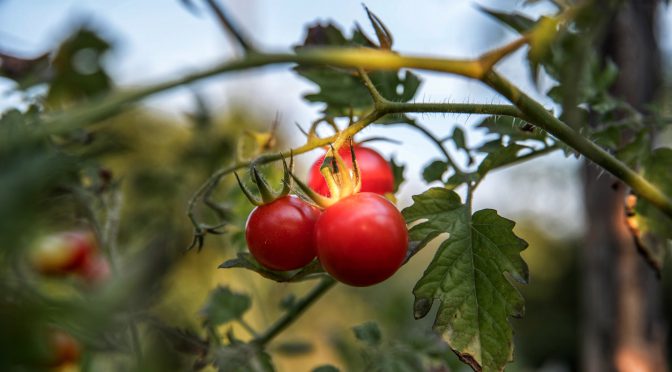Soil tests are a simple and accurate way to learn more about your garden soil and determine what amendments it needs. A detailed soil test, a little research, and an understanding of the results can drastically improve your yields and eliminate recurring issues in your garden.
Where to Get Soil Tested?
There are a few ways you can get a soil test. While you may find simple home test kits at your local hardware store, these generally aren’t as accurate or detailed as a professional test.
Typically, you can get your soil tested through your county extension agency or agricultural college. Many extension agencies and state colleges offer residents free or cheap soil testing. They typically include some recommendations if amendments are needed. Private labs also provide these services, but they may not be as affordable for home gardeners as the other options.
How to Find Your County Extension
To find your county extension agency try browsing the listings of Pick Your Own. They list contact information for county extension agencies across the United States.
When to Sample
We recommend having your garden soil tested every one to two years. Orchard areas typically only need to be tested every three years.
Late summer and fall are ideal times to collect soil samples. This time of year will represent how the soil’s nutrient status affects crops. If needed, you can take soil samples in spring, but you should avoid collecting frozen or waterlogged samples as they may not mix well.
Don’t collect soil after adding lime or other amendments. It’s best to wait several months or even longer if the weather is dry until they’ve dispersed into the soil.
Depending on the lab you’re working with, and how busy they are, it may take several weeks to get the results from your sample. It’s best to send them in well before you need the results.
Where to Sample
You want to get a good picture of the soil throughout your garden, not just in one spot. To do this, you’ll create a composite sample to send in, made from samples taken throughout the garden. For small-scale home gardens, five to eight samples are generally adequate.
If your garden appears to have distinct slopes and soil types, be sure to get a sample from each area. Avoid taking samples from sites that don’t represent your garden well. These may include garden edges and unique wet spots.
How to Take a Soil Sample
Take soil samples using a spade or auger and collect them in a clean container. How deep you should sample depends on your garden type. Aim for small uniform cores or thin slices starting at the soil surface.
For traditional backyard gardens, sample to the tillage depth. For no-till gardens, take one sample from the top 1 inch of soil and then take a second sample from the same spot at a depth of one to six inches.
For areas you’d like to establish an orchard, take a surface sample from zero to six inches deep and a subsoil sample from six to twelve inches deep. In established orchards, scrape aside plants and organic matter and take a surface sample.
Once you’ve collected your samples, gently crush them and remove any stones and roots. Then allow your soil sample to air dry. Spread it out on a clean surface in a shady spot and make sure it dries before mailing. Don’t heat your soil to dry it.
Your samples should be at least one cup of soil in a plastic bag. Depending on the agency or lab, they may have you use or provide a specific bag. Follow your extension agency or lab’s instructions for sending your sample. Be sure to include all necessary paperwork and your name and address.
The gardening science can sometimes feel intimidating, but it doesn’t have to! Getting your soil tested is a simple way to learn how to amend and improve your soil correctly. Your soil test and advice from the local extension agency can help you build healthy soil and grow healthier, more productive plants.


